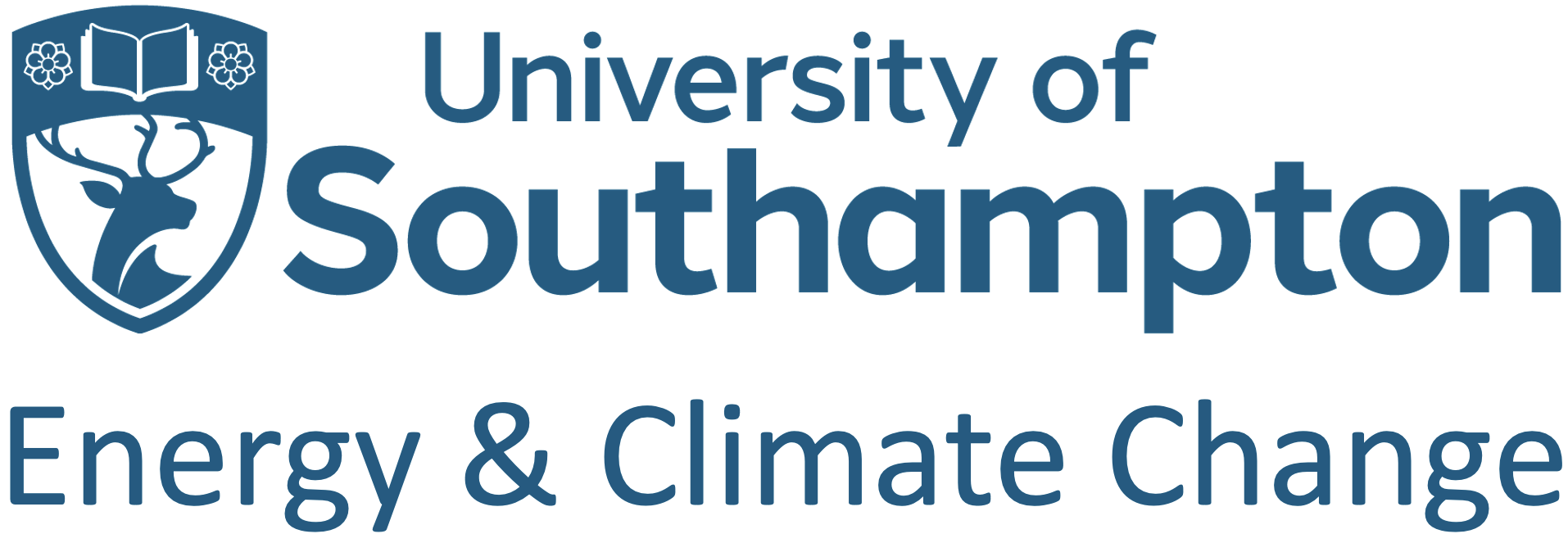Offshore Wind
METHODOLOGY – Representaive Cost Ratio
This new approach is introduced to facilitate offshore wind energy spatial sitting process. The offshore wind energy spatial sitting process aims to identify the most suitable locations according to a set of criteria; where the criteria weighting process is conducted by many experts result in reduced accuracy, coherence, and making the process time-consuming. RCR compares factor pairs to interpret the relationship between Importance Index scale (1–9) and its descriptors. Results from both case studies provided excellent outcomes, confirming the robustness of the RCR approach and its global applicability in addressing the spatial planning of offshore wind farms.
This approach was quantified through a robust methodology and was used to model the UK’s offshore wind energy rounds. The spatial results obtained for the UK offshore wind programme matched well with the “costly mapping” determined by the UK’s offshore wind developers for their projects (£90k/MW) for the three Rounds. This evidence gives confidence that the RCR approach is accurate as all of the cells for these projects are located in either moderate or high suitability categories determined by this study.
This new approach was published recently on the Renewable Energy Journal Volume 152, for more details about the approach. Click here.
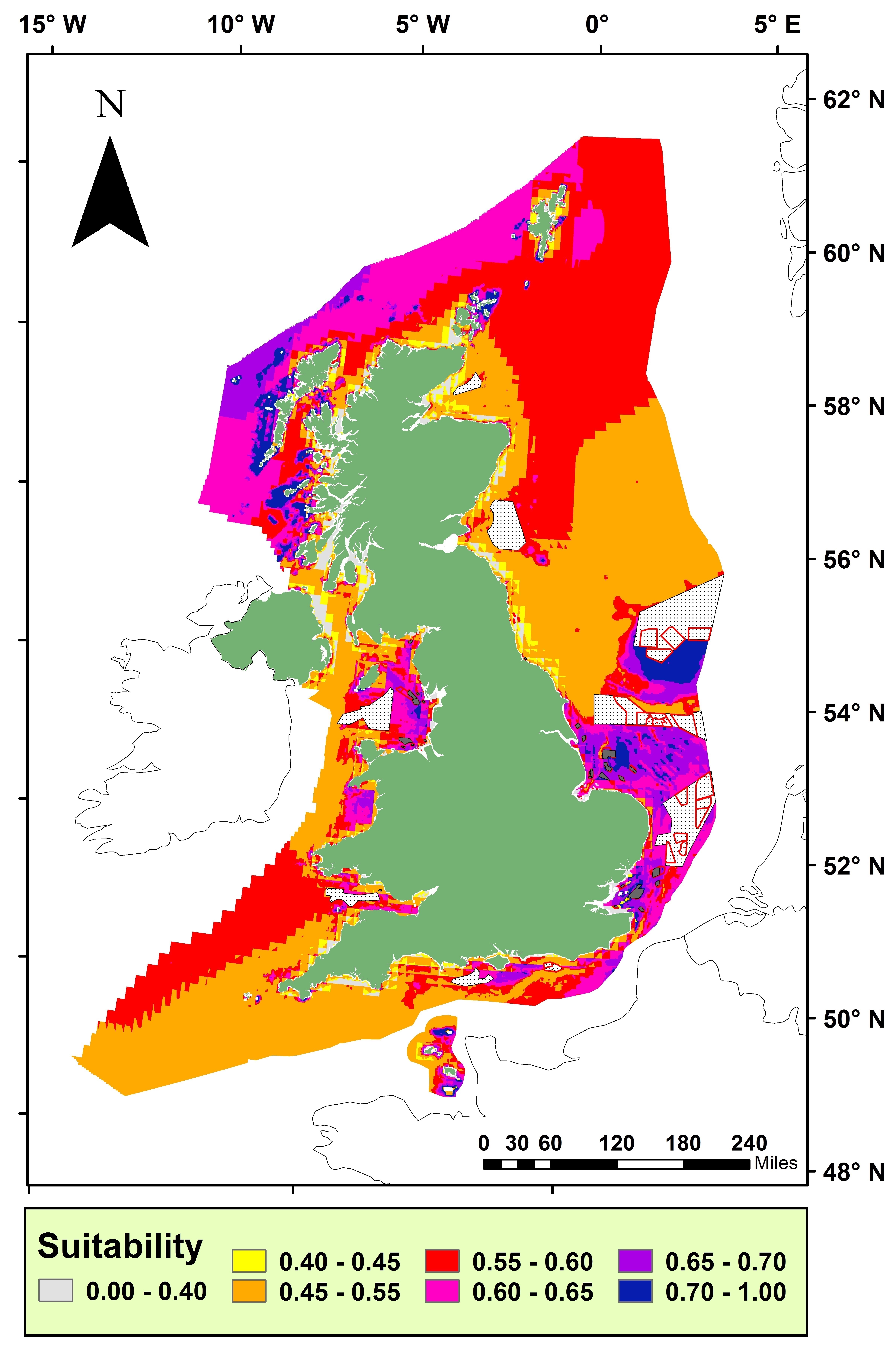


RESOURCE ASSESSMENT – Arabian Peninsula & Africa
ARABIAN PENINSULA
The Arabian Peninsula (AP) is bounded between 10oN and 35oN latitude and 35oE and 60oE longitude with a spatial extent, which includes the offshore areas of the Red Sea, the Gulf of Aden, the Arabian Gulf, and the northern part of the Arabian Sea. AP encompasses the countries of Bahrain, Kuwait, Oman, Qatar, Kingdom of Saudi Arabia (KSA), United Arab Emirates (UAE), and Yemen. Most of these countries rely on fossil fuel for their electricity supply.
Offshore wind energy potential in the AP region has not been fully investigated. Therefore, the new Representative Cost Ratio was used to to estimate the offshore wind energy suitability distribution for the seven countries in the AP. The methodolgy used and the results were published recently on the Renewable Energy Journal Volume 152, for more details about the approach. Click here.
The identified sites were analysed in terms of potential power capacities based on an 8 MW wind turbine which now seems to be the standard capacity being deployed in Europe and elsewhere. The results shown in suitability map indicate a cumulative regional capacity of up to 35 GW for the turbine capacity selected. This Middle East region has not seen any significant or meaningful development to exploit its offshore wind energy potential and this work and its outcomes has also addressed this gap in knowledge. The outcomes represent the first detailed assessment of the offshore wind energy potential for the Arabian Peninsula countries. This work will contribute to the stimulation of interest in the region of the importance of offshore wind as part of a regional energy mix.
AFRICA
ECCD have studied the floating offshore wind potential for Africa. The Representative Cost Ratio methodology estimates that Africa floating offshore wind potential is 1,590GW, OR approximately 6 times its total installed 2020 capacity. Around 11 – 15 countries would benefit from deploying floating offshore wind energy compared to only 2 for shallow depth offshore wind resources.
Updates:
Offshore Wind 2022 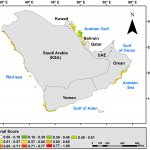
In offshore wind, research addresses wind energy potential with a particular focus in the Middle East, where there is a paucity of information around the resource, its locations and infrastructure needs.
ECCD present at the International Conference on Sustainable Energy Technologies (SET 2022) 2022 
ECCD presented two papers at the International Conference on Sustainable Energy Technologies (SET 2022), taking place in Istanbul, Turkey on 16-18 August 2022.
Arabian Peninsula’s Offshore Wind Energy Siting 2020 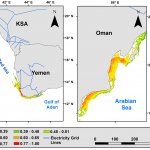
Offshore wind energy potential in the AP region has not been fully investigated. Therefore, the new Representative Cost Ratio was used to to estimate the offshore wind energy suitability distribution for the seven countries in the AP. The results from the suitability map indicate a cumulative regional capacity of up to 35 GW for the ...
Representative Cost Ratio Explained 2020 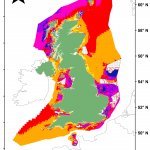
This new approach is introduced to facilitate offshore wind energy spatial sitting process. The offshore wind energy spatial sitting process aims to identify the most suitable locations according to a set of criteria; where the criteria weighting process is conducted by many experts result in reduced accuracy, coherence, and making the process time-consuming.
Modelling on-shore wind turbine locations 2017 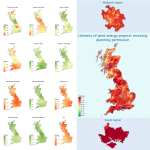
SERG PhD student Mikey Harper is working on a number of methods to assess the potential for wind turbine development in the UK. As part of this he has produced a map of on-shore wind turbine planning applications to date and has also developed a model for predicting the likelihood of planning success for future sites. To ...
SERG researchers present nine papers at SET2017, Bologna, 17-20 July 2017 2017 
SERG researchers presented on a range of fields at the 16th Sustainable Energy Technologies (SET) Conference 2017, held at the Alma Mater Studiorum at the University of Bologna. Topics presented included: Wind energy: Mikey Harper and Mostafa Mahdy Thermal comfort: Rucha Amin and Victoria Aragon Urban regeneration: Philip Turner Cities and carbon-reduction potential: Luke Blunden and Massimiliano Manfren Combined heat ...
Offshore Wind Energy 2016 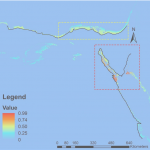
Planning for an offshore wind farm (OWF) is a multi-discipline planning scheme. The main aims of this research are to (a) identify suitable locations in Egypt that have potential for offshore wind power generation and how can these be exploited and (b) design appropriate wind turbine arrays providing clear understanding of the resources, engineering needs, ...
EST Domestic Small-Scale Wind Field Trial Report Written by Members of SERG Published 2009 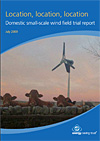
Within the UK microwind trial research project funded by the Energy Saving Trust members of SERG have produced a report integrating issues of domestic wind speed prediction, measured performance results of the field studies, the potential market for small-scale wind turbines, customer feedback and recommendations for domestic consumers. Energy Saving Trust
UK Micro Wind Trial 2007 
The UK has the best wind resource in Europe and this is now starting to be harnessed through both on-shore and off-shore multi-MW scale wind farms. Whilst performance figures for commercial wind farms are well known, no comparable data exists for the micro wind market. ECCD is part of the UK micro wind trial which is ...
Micro Wind Modelling Tool 2007 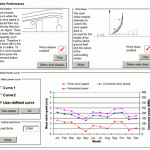
Within the framework of a research project funded by the Economic & Social Research Council (ESRC) a micro wind modelling tool has been developed by SERG prompted by the imminent arrival of the technology. The tool allows the user to define a particular micro wind turbine and simulate its performance at various locations in the UK. Various ...
Co-ordinated Action on Ocean Energy (CA-OE) 2004 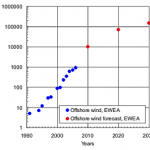
The main deliverables from this Coordinated Action are the reports from the Five Workshops to be held :- (i) Modelling Ocean Energy System (ii) Component Technology and Power Take-off (iii) System Design, Construction, Reliability and Safety (iv) Performance Monitoring of Ocean Energy Systems (v) Environmental, Economics, Development Policy and Promotional Opportunities.
